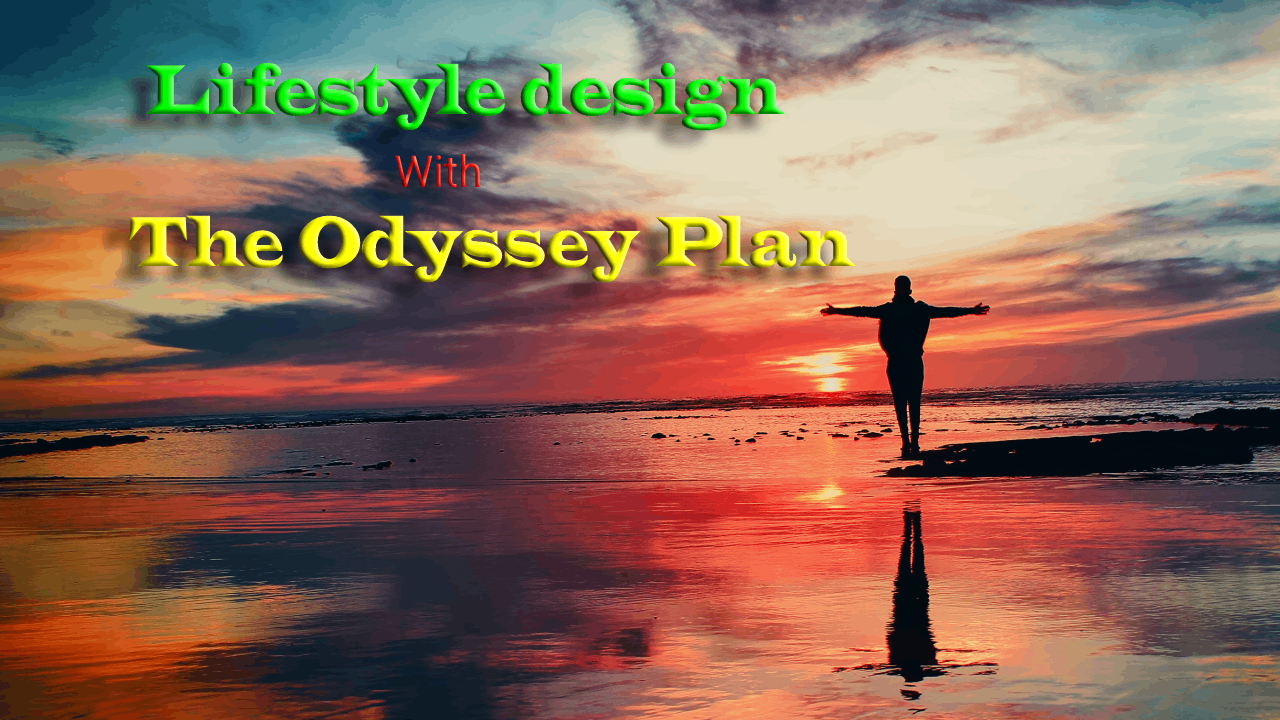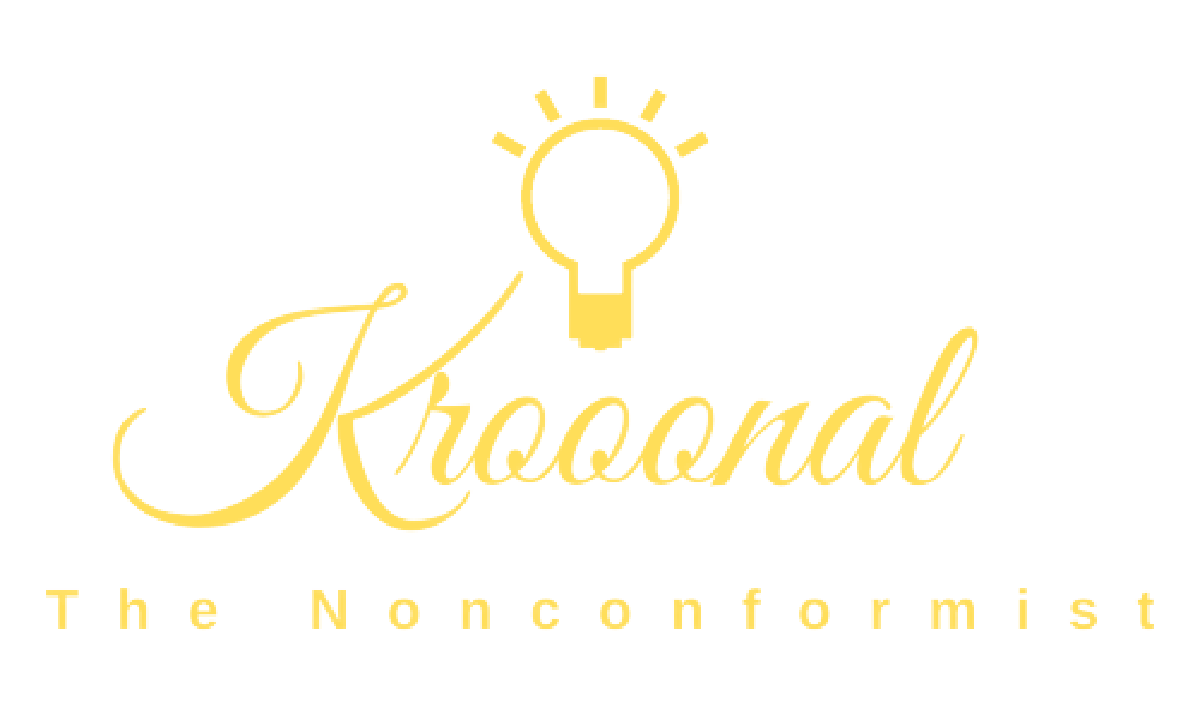Lifestyle design with the odyssey plan
Using and explaining a lifestyle designing tool by Bill Burnett and Dave Evans from a Stanford course.

This week I learned about a tool for lifestyle design by Bill Burnett and Dave Evans. It is called the odyssey plan. Let’s try to understand what it is, how to use it, and why it is helpful. I liked the idea so much that I decided to do the exercise and made an odyssey plan for myself. I will also share my plan in this post.
Odyssey means a long and eventful or adventurous journey or experience. The period of our life between 20 and 35 years is usually called odyssey years. This is where we make the most important decisions of our lives. This is when we graduate, get our first jobs, get married etc. The decisions we make during these period have significant impact on our lives.
Well, personally, I have never looked beyond two years in my life when it comes to planning. I understand the limitations of long-term plans. Generally, these plans don’t exactly work out. We face some unexpected challenges or change our priorities over the years. So, we should look at the plans as broad level directions. We don’t have to follow the directions, but if we have some, it helps. We feel more motivated for our day-to-day tasks if we know that they are helping us achieve some higher level results. Furthermore, we can even align our day-to-day tasks to fit our goals. On the other hand, if you plan nothing, you get nothing.
Odyssey plan is a great tool for brainstorming how my life will work out in the next 5-10 years. Let’s see what it contains.
- Three 5-years timeline: These timelines contain personal and professional milestones, a six words title, and a set of questions each timeline addresses. The title and questions are needed to make sure that the plans have a clear objective. The first timeline is our regular plan A. The second timeline is our plan B if something doesn’t work out in plan A or for some reason, we decide to take a different turn. The third timeline is my favorite. It assumes that money and social image are not a concern. Under this assumption, how would we design our next 5 years! Of course, since 5 years is a long time period, it is okay to leave out exact details.
- A preferred timeline extended to 10-years: We select one of these timelines (not the third one) and extend it to 10 years. It also contains a dashboard with 4 dials: Resources, Like, Confidence, and Coherence. We pick a number between 0-100 depending on our estimates of them. Do I have enough resources to execute the plan? Do I like it? How confident I am about my plan? Does it align with my values and ideology? It also has a thank you note from the future that we write to ourself for making the plan. We highlight the three things that worked out very well in our imagined future. This helps us visualize the plan and get emotionally involved.
- A symbol: It is just a graphical element to represent the plan. Like a logo. I don’t particularly understand the purpose of it, but I did it anyway.
Now let’s see my odyssey plan.
Plan 1: Make impact through teaching.
Questions addressed: How would I make impact through teaching? When will I exit the rat race? What skills I will improve at?
In the first couple of years, I will focus on finishing my PhD. At the same time, now that I understand the value of passive income from assets, I will work on making $500-$1000 per month. After graduating, I will take a small travel vacation (Japan or Australia). Thereafter, I will get a full-time job in academia. I don’t see the value in me doing a post-doc as of now since I already have industry research experience. I continue building online courses in parallel and focus on getting better at teaching. Each year, I will increase the number of active students. The goal is to reach 3000 active students (including online) by year 4. For the research, I will stay independent as much as I can. Each year I will get a small travel vacation. Around year 4, I will become a parent and shift my focus on raising my child. I will also be increasing my passive income goals each year (year 3: $2000, year 4: $5000). By year 5, it should be more than my total expenses and I will be in a position to exit the rat race and teach and research on my terms (see plan 3 for the details).
Plan 2: Make impact through engineering research.
Questions addressed: What if the teaching plan doesn’t work out, and I have to join industry? When will I exit the rat race? What skills I will improve at?
The first couple of years are the same as plan 1. The plan differs when I have to take a full-time job. Instead of academia, I will take a job in industry as a research scientist. The focus for selecting the job will be on work-life balance and my learning. I will continue recording online courses to get better at teaching. But the primary goals will be to improve my engineering and leadership skills. By year 4, I should be able to lead a small team. All the travel, parenting, and passive income goals remain the same as plan 1. So, this too will converge in me getting out of the rat race and doing research and teaching on my terms.
Plan 3: Break boundaries of ‘normal’ life.
This plan assumes that money and social image is not a concern.
Questions addressed: What do I really want to do? What are the best ways to pursue research and teaching?
Even when money and social image are not a concern, I would still like to finish my PhD and get my degree. Thereafter, I will be teaching and doing research on my terms. The main idea is that I will not be expecting anyone to pay me for these activities. So, I will be free to do them my way. Let’s see what that looks like.
Research on my terms. I work on the problem that truly excites me. This may or may not help any organization or even a society in general. Similarly, I disregard any potential to win any awards or prize. This research is to satisfy my curiosity. I will buy all the computational or other resources that are needed. Maybe buy/rent a (fancy) studio for workspace. This is to keep the work part separate from the personal life. I may hire paid interns (who are already excited about the topic) to help me with certain projects. I may hire more people to deal with the boring processes like publishing, marketing, and patent registration. This allows me to focus only on the actual research.
Teaching on my terms. I design courses and teach as per my schedule. Not affiliated to any university or school. I choose the subject, course content, evaluation and passing criteria. Goal is to help students (my way of giving back to the society) without me getting any restriction from university. This could be in the form of online courses or guest lectures at different universities.
The travel and parenting goals remain the same. They will be easier to meet because of all the extra freedom compared to plan 1 and 2. I might start a YouTube channel to help more people in their 20s and 30s.
10-Year plan: Go beyond.
Follow the first five years of plan 1 and get out of the rat race by the end of it. Follow the plan 3 from year 3 onwards after that. After visiting all interesting places on earth, go beyond (if technology makes it cheap enough to afford it).
Dashboard
- Resources: 70/100. I may not have computational resources to conduct independent research in the beginning. But apart from that, I have enough savings to accomplish my travel goals.
- Like: 100/100. I love it!
- Confidence: 80/100. Getting out of the rat race might be harder than I estimate. But, the consistent focus on it and the fact that many people have done it in recent years makes me believe it.
- Coherence: 100/100. I derive my happiness from knowledge gain, travelling, and contributing to society via teaching. The plan covers all of them.
Thank you note from the future
Dear Krunal,
Thank you for making the odyssey plan. Because of the plan, I could expand the scope of my research that made me truly happy. It also allowed me to make a bigger impact through teaching. Oh, and the earth looks so tiny from the space! My child loved this view.
Symbol

A bit long post. I would love to hear your thoughts about the odyssey plan. Obviously, after a year or two, I might completely change the plans!
My favorites
Video (series): The odyssey plan
Quote: “The reasonable man adapts himself to the world: the unreasonable one persists in trying to adapt the world to himself. Therefore, all progress depends on the unreasonable man.”― George Bernard Shaw, Man and Superman. Retrieved from the book 'The 4-hour work week' by Tim Feriss.
